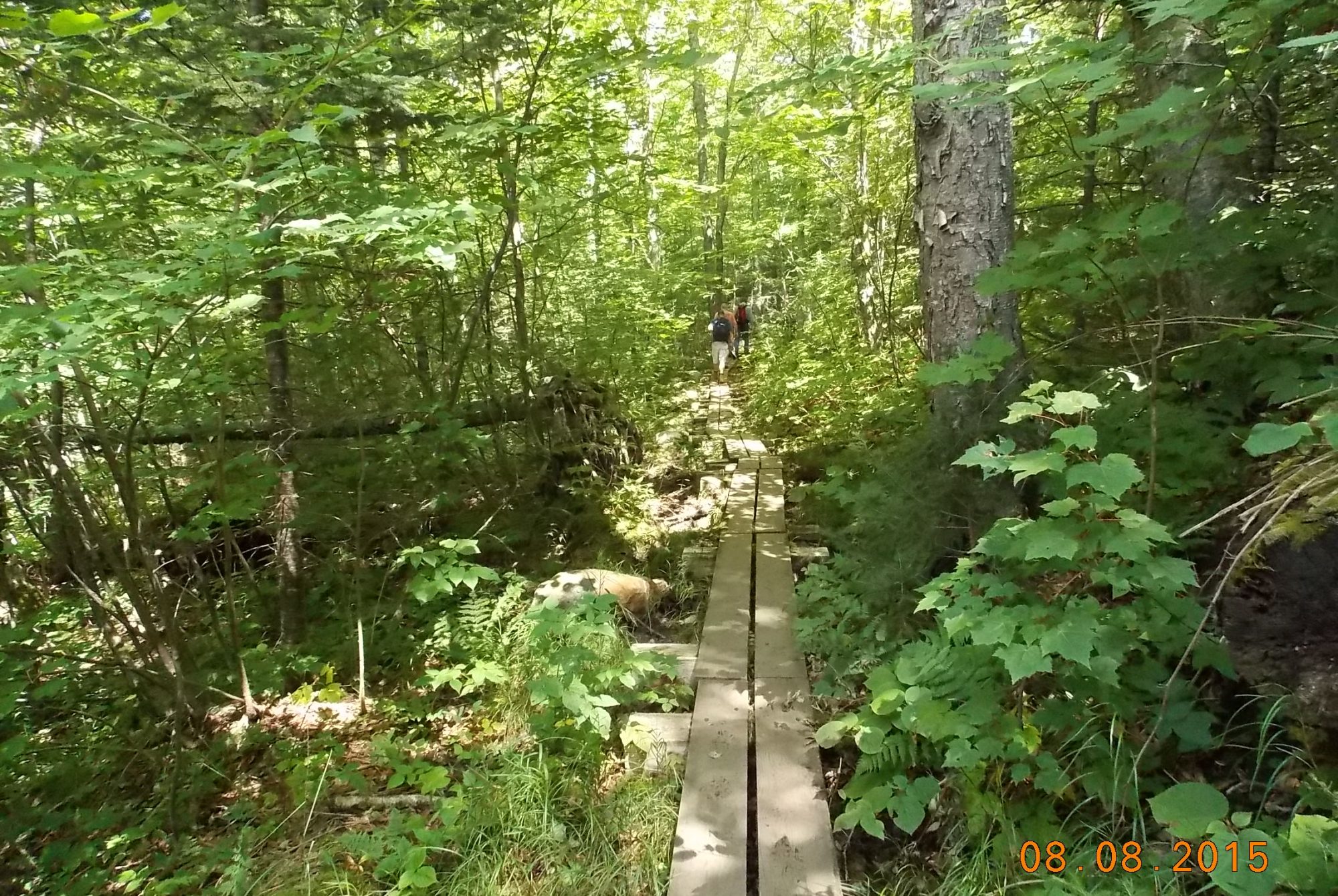Insects are the vital pollinators and recyclers of ecosystems and the base of food webs everywhere. Trillions of bugs flitting from flower to flower pollinate some three-quarters of our food crops, a service worth as much as $500 billion every year. (This doesn’t count the 80 percent of wild flowering plants, the foundation blocks of life everywhere, that rely on insects for pollination.)
In Britain, as many as 30 to 60 percent of species were found to have diminishing ranges. A 2014 review in Science tried to quantify these declines by synthesizing the findings of existing studies and found that a majority of monitored species were declining, on average by 45 percent.
“We notice the losses,” says David Wagner, an entomologist at the University of Connecticut. “It’s the diminishment that we don’t see.”
The 2016 Entomological Society of Krefeld, Germany study found that, measured simply by weight, the overall abundance of flying insects in German nature reserves had decreased by 75 percent over just 27 years. If you looked at midsummer population peaks, the drop was 82 percent. The final study looked at 63 nature preserves, representing almost 17,000 sampling days, and found consistent declines in every kind of habitat they sampled. This suggested, the authors wrote, “that it is not only the vulnerable species but the flying-insect community as a whole that has been decimated over the last few decades. ”For some scientists, the study created a moment of reckoning. “Scientists thought this data was too boring,” Dunn says. “But these people found it beautiful, and they loved it. They were the ones paying attention to Earth for all the rest of us.”
A 1995 study, by Peter H. Kahn and Batya Friedman, proposed the way some children in Houston experienced pollution summed up our blindness this way: “With each generation, the amount of environmental degradation increases, but each generation takes that amount as the norm.” Are we a humans isolated from the world by ignorance and denial the same way children are?
In “The Once and Future World,” the journalist J.B. MacKinnon cites records from recent centuries that hint at what has only just been lost: “In the North Atlantic, a school of cod stalls a tall ship in midocean; off Sydney, Australia, a ship’s captain sails from noon until sunset through pods of sperm whales as far as the eye can see. … Pacific pioneers complain to the authorities that splashing salmon threaten to swamp their canoes.” There were reports of lions in the south of France, walruses at the mouth of the Thames, flocks of birds that took three days to fly overhead, as many as 100 blue whales in the Southern Ocean for every one that’s there now. “These are not sights from some ancient age of fire and ice,” MacKinnon writes. “We are talking about things seen by human eyes, recalled in human memory.
and Puerto Rico’s Luquillo rainforest with data taken during the 1970’s. In October 2018 they reported the biomass had fallen 10 to 60 times. Analyses revealed synchronous declines in the lizards, frogs, and birds that eat arthropods. Over the past 30 years, forest temperatures have risen 2.0 °C, indicating that climate warming is the driving force behind the collapse of the forest’s food web
In the United States, one of the few long-term data sets about insect abundance comes from the work of Arthur Shapiro, an entomologist at the University of California, Davis. “And so here I am in Year 46,” he said, spending five days a week, from late spring to the end of autumn, observing butterflies. In that time he has watched overall numbers decline and seen some species that used to be everywhere — even species that “everyone regarded as a junk species” only a few decades ago — all but disappear. Shapiro believes that Krefeld-level declines are likely to be happening all over the globe. “But, of course, I don’t cover the entire globe,” he added. “I cover I-80.”
“People who studied fish found that the fish had fewer mayflies to eat. Ornithologists kept finding that birds that rely on insects for food were in trouble: eight in 10 partridges gone from French farmlands; 50 and 80 percent drops, respectively, for nightingales and turtledoves. Half of all farmland birds in Europe disappeared in just three decades.”
” When asked to imagine what would happen if insects were to disappear completely, scientists find words like chaos, collapse, Armageddon. Wagner, the University of Connecticut entomologist, describes a flowerless world with silent forests, a world of dung and old leaves and rotting carcasses accumulating in cities and roadsides, a world of “collapse or decay and erosion and loss that would spread through ecosystems” — spiraling from predators to plants. E.O. Wilson has written of an insect-free world, a place where most plants and land animals become extinct; where fungi explodes, for a while, thriving on death and rot; and where “the human species survives, able to fall back on wind-pollinated grains and marine fishing” despite mass starvation and resource wars. “Clinging to survival in a devastated world, and trapped in an ecological dark age,” he adds, “the survivors would offer prayers for the return of weeds and bugs.”
The truth gets harder to ignore and more essential to proclaim. My project earth lobbyist dot com explores science and the failure of people to look beyond their immediate interests. No longer can anybody ignore the facts or worry about past failures. Now is the time to grab the steering wheel or commandeer the pilot house of our environment. Now is the time to demand legislative action on behalf of the grandchildren of today

